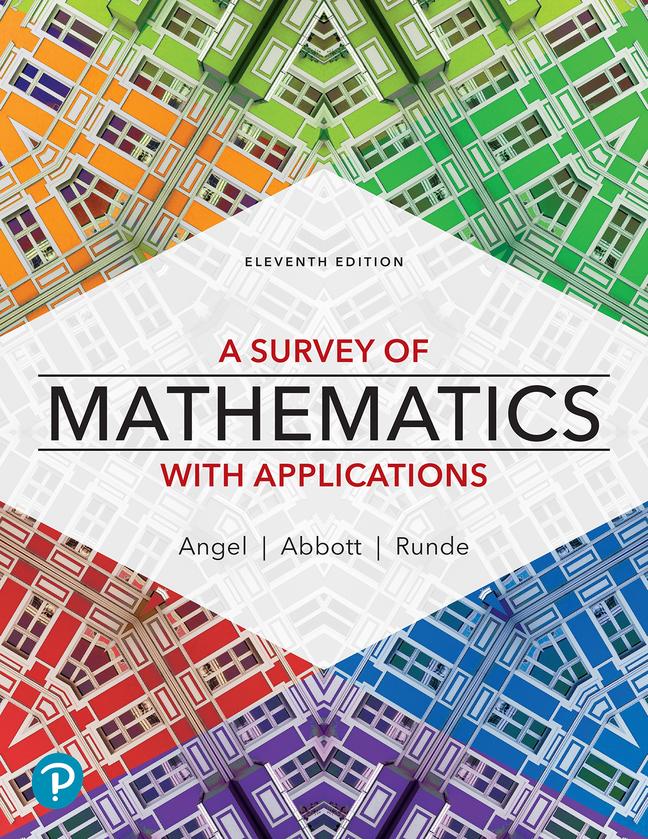Question
Problem 2: Driver's License Tests Several randomized experiments have assessed the effects of drivers' training classes on the likelihood that a student will be involved
Problem 2: Driver's License Tests Several randomized experiments have assessed the effects of drivers' training classes on the likelihood that a student will be involved in a traffic accident or receive a ticket for a moving violation. Suppose you want to estimate the impact of these classes on traffic accidents -- that is, whether taking the classes reduces traffic accidents and tickets. A researcher on your team presents you the results of an experiment they have done they argue estimates this impact. Suppose the researcher has done a randomized experiment. A complication arises because students who take drivers' training courses typically obtain their licenses faster than students who do not take a course. (The reason is unknown but may reflect the fact that those who take the training are better prepared for the licensing examination.) If students in the control group start driving much later on average (because they had their license later), the number of students who have an accident or receive a ticket could well turn out to be higher in the treatment group. Question a) The researcher observes a clearly statistically significant, positive ATE estimate of taking the classes on the outcome defined as "the number of accidents that occur within 3 years of first obtaining a driver's license." The researcher argues that this data shows accidents increase as a result of taking the classes. Do you agree? Why? (Note: I wrote "clearly statistically significant" to indicate that you should ignore the possibility that this positive estimate arose by chance.) Question b) Same question as above, but if the outcome measure were "the number of accidents per mile of driving within three years of getting a license" (and we were still observing a significant, positive ATE estimate)? Question c) Suppose researchers were to instead measure the outcome "the number of accidents that occurred over a period of three years starting the moment at which students were randomly assigned to be trained or not." Assume we are still observing a significant, positive ATE on the outcome defined this way. Would you then agree with the claim "the number of accidents that occur within 3 years of when students would take these classes is higher as a result of taking them"? (Answer "yes" or "no".) [2 points] Question d) If your answer is "yes" in part c), discuss the implication of this claim on the effect of the program on the quality of drivers. If your answer is "no" in part c), explain your reasoning and provide the right claim.
Step by Step Solution
There are 3 Steps involved in it
Step: 1

Get Instant Access to Expert-Tailored Solutions
See step-by-step solutions with expert insights and AI powered tools for academic success
Step: 2

Step: 3

Ace Your Homework with AI
Get the answers you need in no time with our AI-driven, step-by-step assistance
Get Started


